I’m shocked by the confusion surrounding the question, “are penguins mammals.” In short, NO! Penguins are birds, not mammals.
However, I think this is a fascinating subject to delve deeper into on the differences that classify penguins as avian, not mammalian. In this article, I will summarize the five key factors that prove penguins are NOT mammals.
- Feathers NOT Fur
- Beaks NOT Teeth
- Egg Laying & Incubation
- Flight Is Not Required
- Penguin Milk
I believe that by using these five topics, we can once and for all put the question “are penguins mammals” to rest. So, without further delay, let’s dive in.
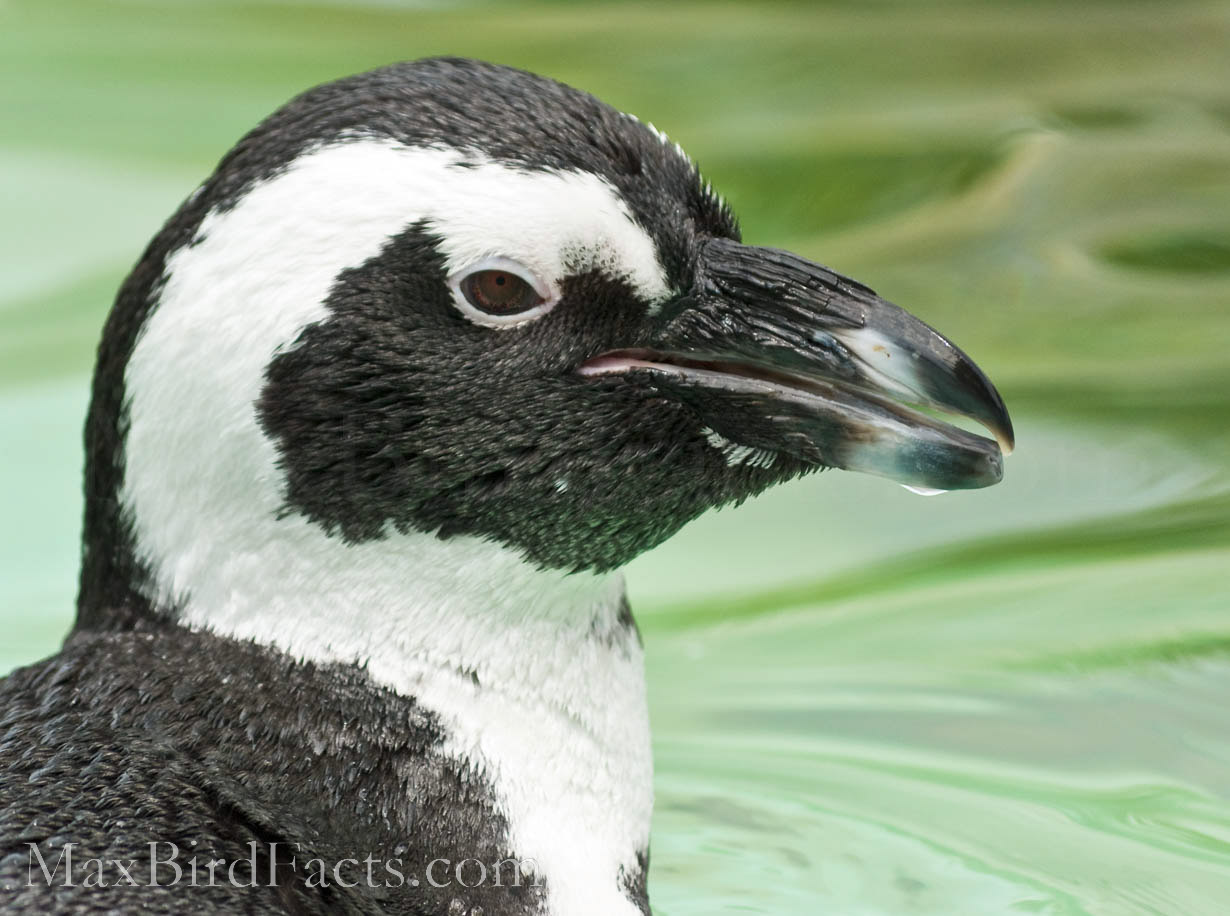
Feathers NOT Fur
One of the first and arguably the most straightforward reasons penguins are birds is because they are covered in feathers, not fur. Fur is a defining feature of mammalians, and structurally it is superficially similar to feathers.
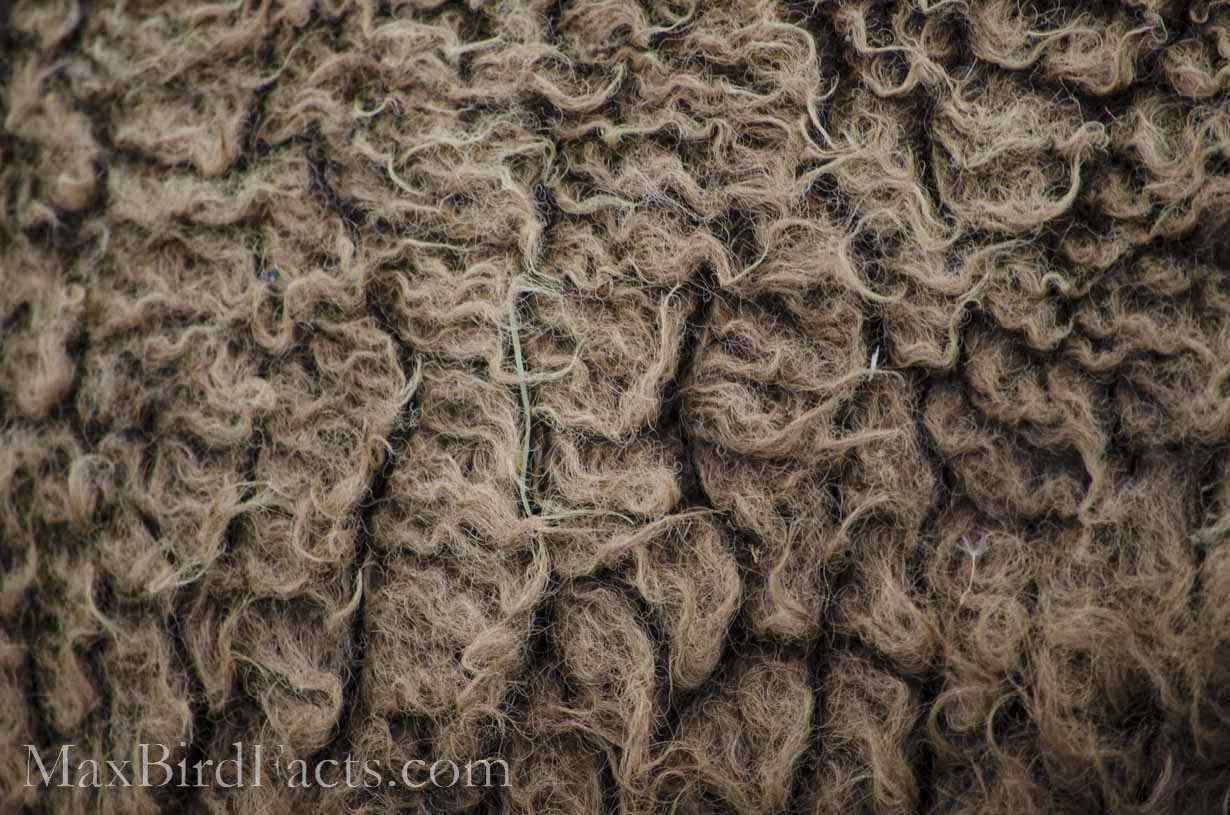
Both are comprised of keratin, insulate the animal, and protect the animal from the elements. However, feathers are a far more complex structure. Birds utilize different functions for their feathers for various purposes. For instance, small downy feathers are packed tight around a bird’s body for insulation, while long, stiff flight feathers on the wings and tail provide birds the lift they need to fly.
I strongly urge you to check out, Do Penguins Have Feathers – How to Stay Warm in Antarctic Waters Only Using Feathers (https://maxbirdfacts.com/the-role-of-insulation-waterproofing-do-penguins-have-feathers/). In this article, I go into much greater detail about feather anatomy and the vital differences between more typical bird feathers and penguin feathers.
Nevertheless, penguin feathers are very distinct from other avian feathers, and for good reason. Having to swim and hunt in the near-freezing waters of Antarctica, only to be greeted by -30°F (-34.4°C) air temperatures, would force some changes in these birds’ attire.
Penguin feathers are wholly unique to their order in Aves. The distal tips of the feathers match more of the pennaceous (stiff and rigid) style, while the proximal ends of the feather are much more plumulaceous (loose and downy).
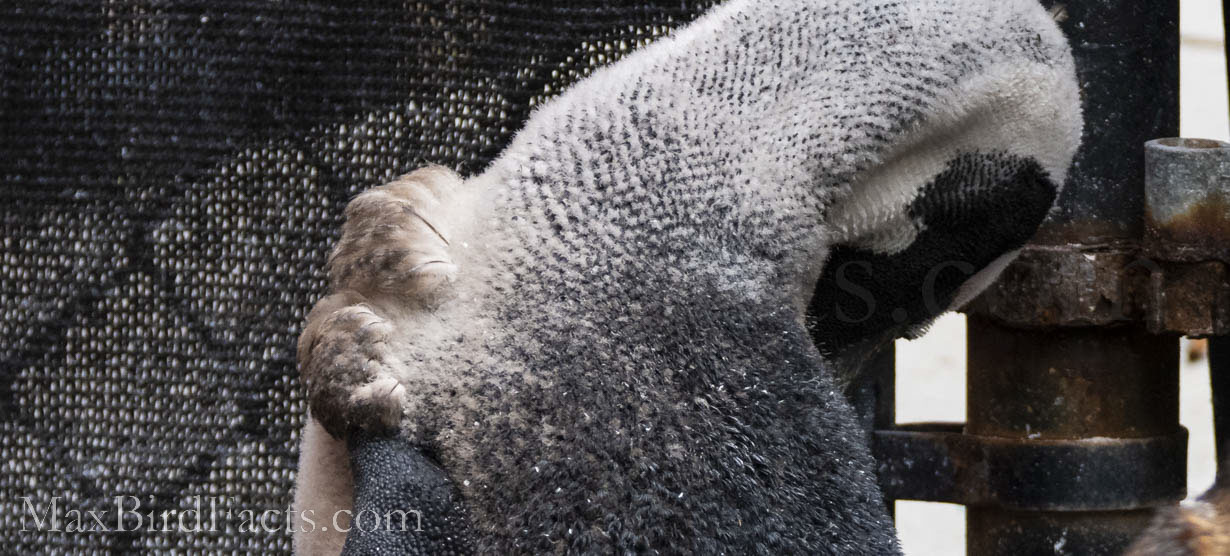
This hybrid feather style forms the perfect dry suit for diving penguins. The tightly packed and heavily oiled outer layer of pennaceous feathers shields the inner insulative layer of downy plumulaceous feathers from the freezing Antarctic waters, keeping the penguin dry and warm.
This is a bit of an oversimplification, but it gets the point across. There are several variations of feathers between different penguin species, and even variations of feathers across the bird’s body. However, all penguin feathers share this heavily specialized hybrid form, though some show more or less of one style or another depending on its purpose.
These adaptations resemble the marine mammals swimming in the same frigid waters as penguins. Like the seals that hunt them, penguins have a layer of blubber that helps keep them warm.
Fat isn’t unusual on birds, but a layer of warming blubber is. In addition, all this mass would make it hard for a bird to fly. However, penguins don’t fly, so they need not worry about a few extra pounds of fat.
So, to recap, penguins have feathers (a defining characteristic of birds), not fur. These feathers are not typical like other avian feathers, but they specialize in these peculiar birds’ frigid aquatic lifestyle.

Beaks NOT Teeth
Another shared feature of all other avian species, penguins have toothless beaks. Unfortunately, teeth and birds don’t get along too well.
The main problem was the weight their toothed bills had thrown off their center of balance. This meant these early, toothed birds would have been clumsy fliers and slow to take off.

So, after several million years of natural selection, teeth left the birds’ jaws. This loss is advantageous to the majority of avian species.
A Ruby-throated Hummingbird (Archilochus colubris), which weighs only 3 grams, would struggle to fly with any teeth in its slender beak. This minuscule bird, identical in mass to a single US Penny, couldn’t take off with even a few fractions of a gram of teeth.
However, with the lack of flight, shouldn’t penguins start adapting to grow teeth again? Having teeth would be hugely advantageous to capturing fish, right? Not exactly. This isn’t how natural selection and random mutation work.
Since the ancestor of modern penguins lacked teeth, and birds, in general, have been toothless for several dozen million years, we will unlikely see toothed penguins. However, the chance of a random mutation of increased structures in penguin jaws is entirely possible. And if it leads to the individual’s success with this mutation, it could become a common trait for the population.
Still, penguins have undergone some natural selection and random mutation within their jaws. Structures called papillae (rearward-facing fleshy projections) line the penguin’s tongue and mouth and prevent slippery fish from escaping their toothless jaws.
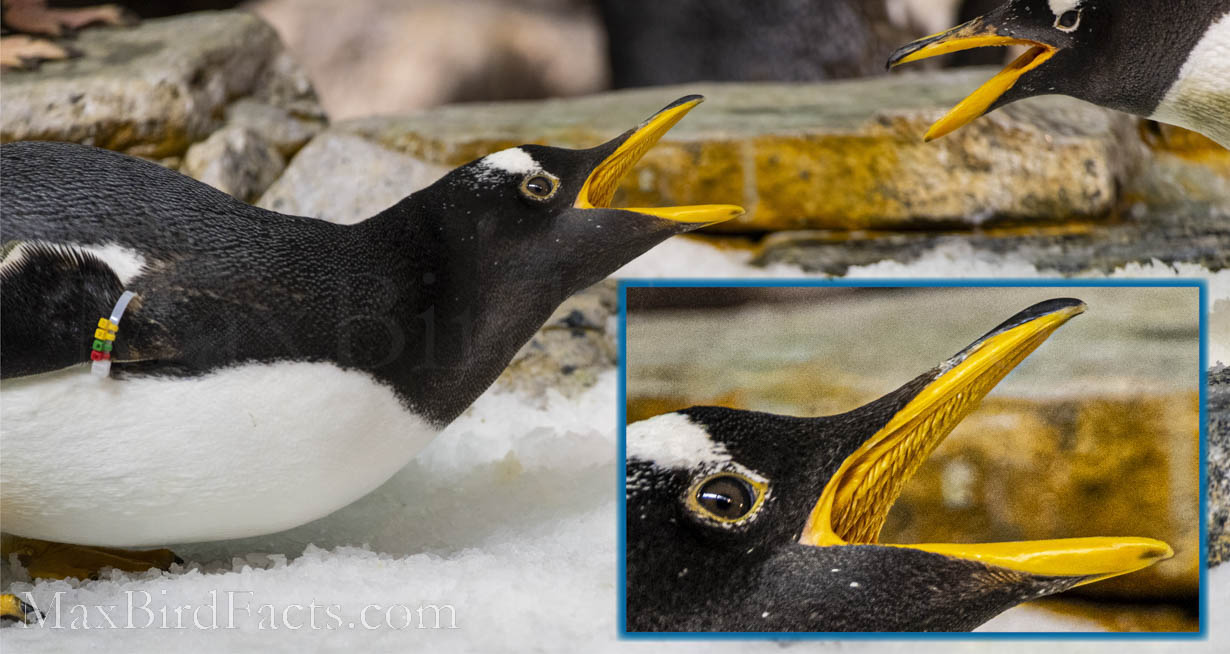
Though these papillae might not be as attractive to the ivory-white canines of an African Lion, they are just as effective in catching their prey. Since the papillae point toward the penguin’s throat, once the bird captures a fish, its only path is down the penguin’s gullet.
The penguin’s papillae aren’t the only fish-capturing adaptation birds have done to work around their lack of teeth. For example, Mergansers have serrated edges to their bill that is a perfect analog to teeth.
I discuss this more in detail in my article, 5 Birds That Swim Underwater – Soaring Under The Waves (https://maxbirdfacts.com/5-birds-that-swim-underwater-soaring-under-the-waves/). I recommend you check it out, and I even discuss the incredible adaptations penguins have there too.
Again, to summarize, penguins don’t have teeth; they have papillae that help them hold onto slippery fish. The papillae act convergently to a mammal’s teeth, but a penguin’s beak is wholly toothless, like all other contemporary birds.
Egg Laying & Incubation
If you ask me, “are penguins mammals,” I would ask you, “do mammals lay eggs?”
This is a bit of a trick question since two true mammals do lay eggs. The Monotremes (Platypus and Echidnas) are the only living mammals that still lay eggs instead of giving live birth.
However, Monotremes are the exception to the rule that mammals give birth to live young. All mammals, except for the five living members of the order Monotremata, give birth to live young. And conversely, all birds give birth through laying and incubating a hard-shelled egg.
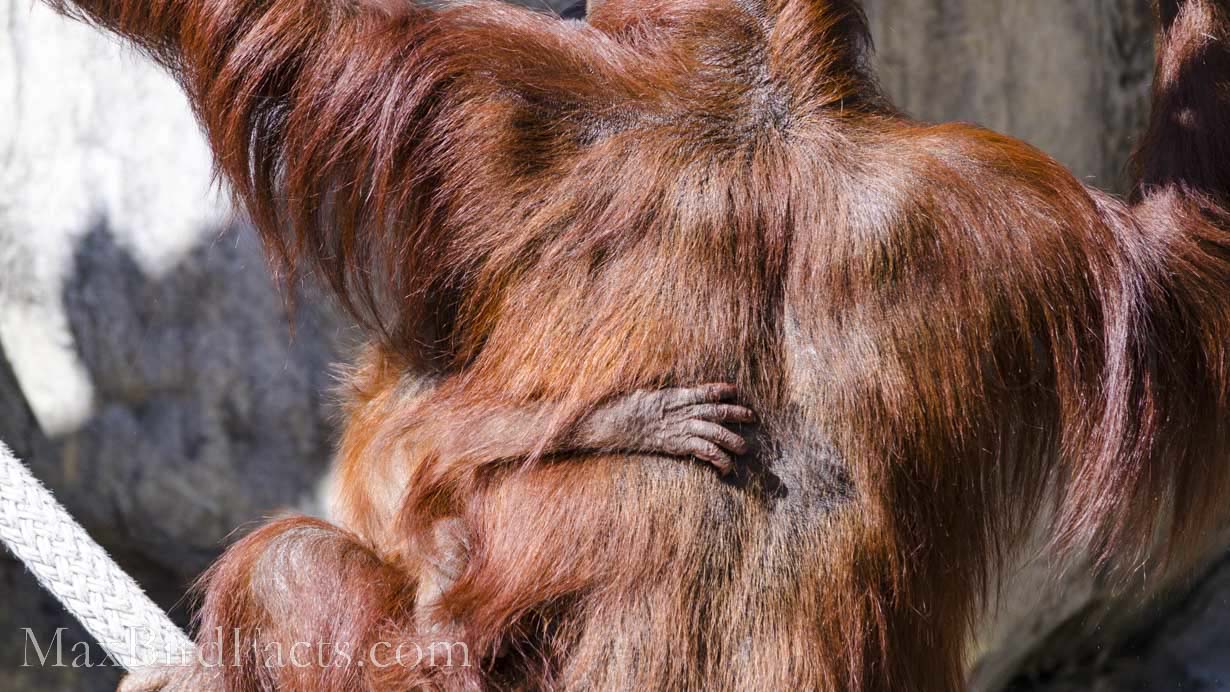
Egg production is a very costly thing for mother birds. I talk about this at length in my article, Why Do Birds Eat Eggshells – Calcium Redistribution & Bone Repair (https://maxbirdfacts.com/why-do-birds-eat-eggshells-calcium-redistribution-bone-repair/).
Trying to keep a developing embryo warm in the freezing temperatures of the South Pole is a frightful task. For mammals, this is relatively simple; keep your core temperature constant, and go about your everyday life. Yet, birds must stay brooding on their nest to protect their eggs.
Once the female lays the egg, the behavior and incubation time between penguin species varies wildly. For example, female Emperor Penguins (Aptenodytes forsteri) pass the egg to their male counterpart to incubate for over two months while she heads to the sea to hunt. Another species, the African Penguin (Spheniscus demersus), shares the burden of incubation, where one parent will venture to sea to forage and shortly relieve its mate so it can feed.
Nonetheless, each species shares the same goal regardless of these differences, keep the egg warm. And to do this, they have an outstanding adaptation, the brood pouch. A penguin’s brood pouch holds the temperature perfectly for incubation.
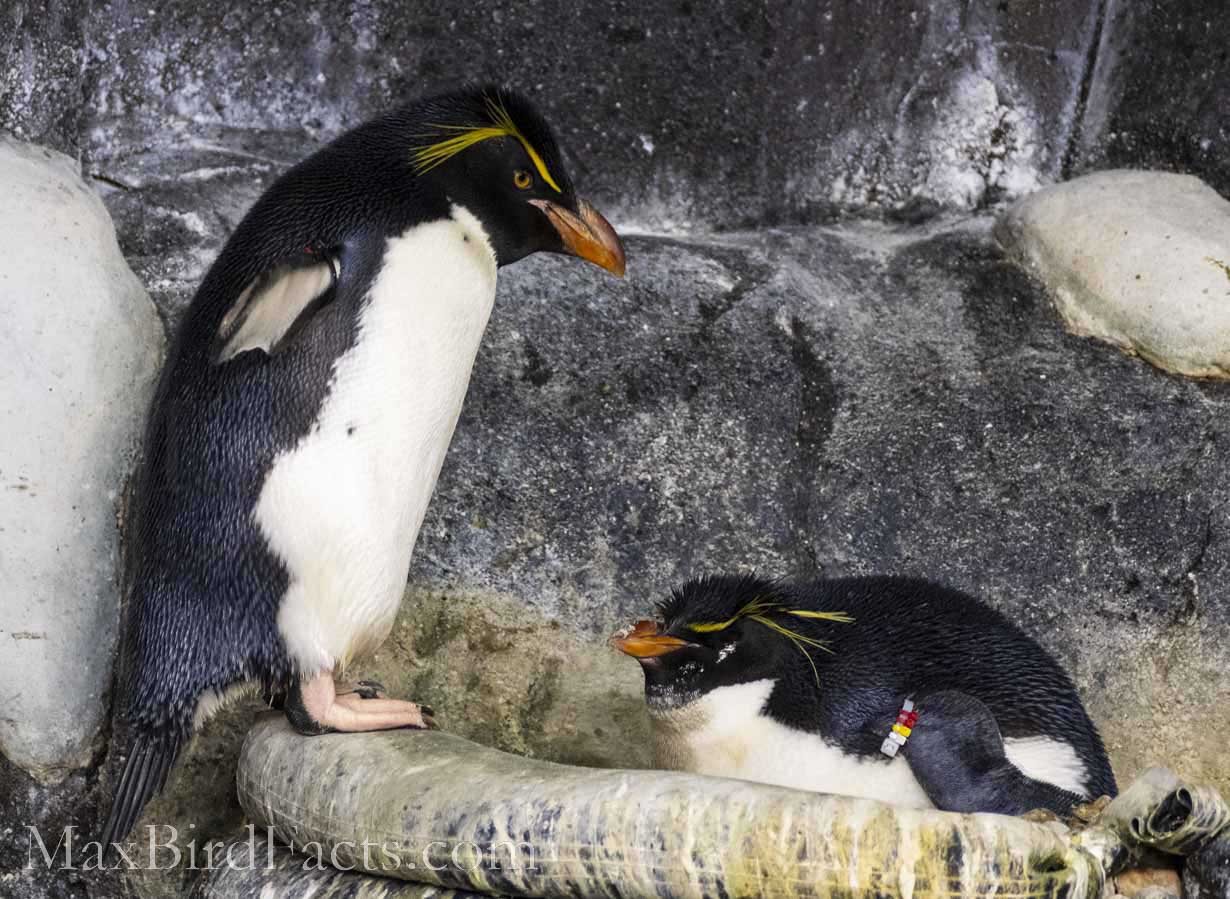
The optimal incubation temperature is different for each species; smaller penguins prefer hotter (97°F), while larger penguins are a few degrees cooler (88°F). This precise climate control is incredible when considering the -70°F temperatures of the harsh, barren landscape they call home.
To drive the point home, penguins will sacrifice months of their lives to sit on a nest or balance an egg on their feet while enduring the Antarctic winter so their chicks can grow in the spring. This dedication to parenting is natural in many avian species and is truly remarkable.
Flight Is NOT Required
One feature we attribute to birds above all other groups of animals is their ability to fly. However, this fantastic adaptation is not solely for the birds.
If we looked at the ability to fly as a marker that this animal is a bird, would that make bats birds? Of course not. Think back to the previous three reasons our penguins are birds, not mammals.
Bats have furry bodies, toothy jaws, give live birth, and produce milk from mammary glans. All of these characteristics put them in line with mammals, not birds.
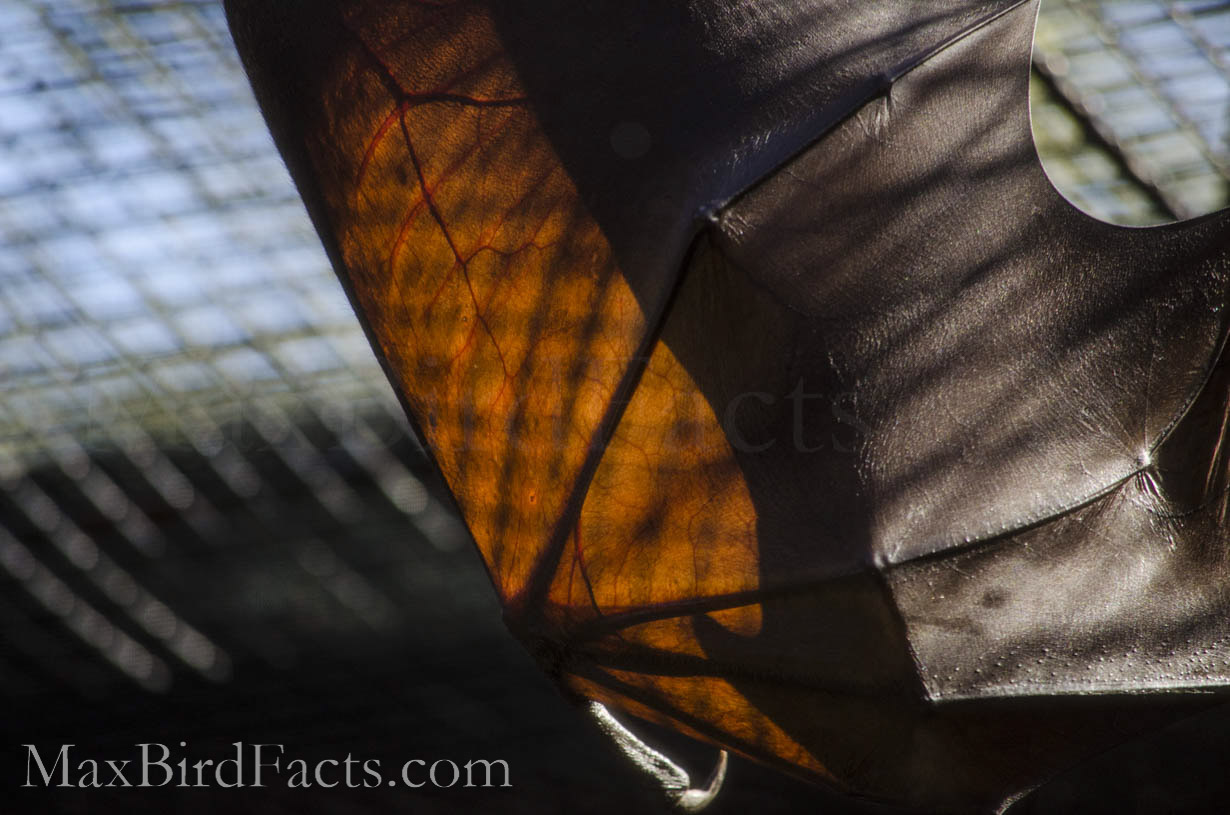
Insects, mammals, birds, and extinct reptiles (Pterosaurs) all share the ability to fly. In truth, insects have been flying for far longer and in more tremendous numbers than birds ever have or will.
Further, several widely known birds are completely flightless and aren’t confused with mammals in the slightest. For instance, ostriches, rheas, kiwis, and cassowaries are all completely flightless, but all are soundly within the ranks of Aves.
So why is there such confusion if penguins are mammals? I think this comes with confusion about the penguin’s skeleton and true lifestyle.
Starting with the penguin’s skeleton, these birds don’t match how other flightless bird skeletons appear. The most striking difference is the penguin’s wings have been almost entirely retained and not shrunk into vestigial limbs.
The next most obvious difference is the presence of a very pronounced keel bone on the penguin’s sternum. The keel bone is the primary attachment point for a bird’s pectoral (breast) muscles and is vital to producing powerful downstrokes for flight.
So, since flightless birds like the kiwi no longer need these flight muscles, the keel bone has all but vanished. However, the penguin’s keel bone is just as proud as an eagle’s.
Why would this be for a “flightless” bird? It is because penguins fly underwater with the same power and speed as an eagle does through the sky.
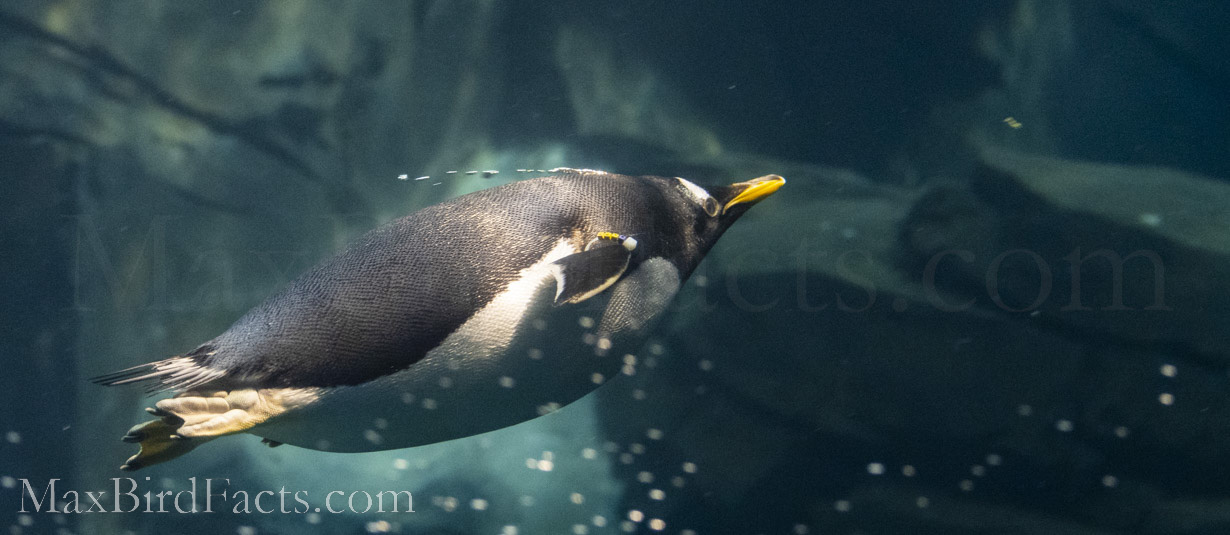
In my article, 5 Birds That Swim Underwater – Soaring Under The Waves (https://maxbirdfacts.com/5-birds-that-swim-underwater-soaring-under-the-waves), I discuss how and why penguins are the undisputed masters of underwater flight.
Penguins are entirely waterproof, oil-slicked, feathery torpedoes that can hunt down any fish they lay their eyes on. Just like all the other features of the penguin, this has come from severe natural selection to produce the perfect aquatic predator.
Penguins are neutrally buoyant, allowing them to stay at their preferred depth without fighting the pull toward the surface. They also have a perfect fusiform-shaped body (wide in the middle and tapered at both ends). This is the most hydrodynamic shape in the natural world, allowing penguins to outswim their prey and predators.
Still, the penguin’s wings are the most vital tool in its aquatic pursuit. So instead of shrinking to nubs, the penguin’s wings have flattened, calcified, and become powerful flippers.
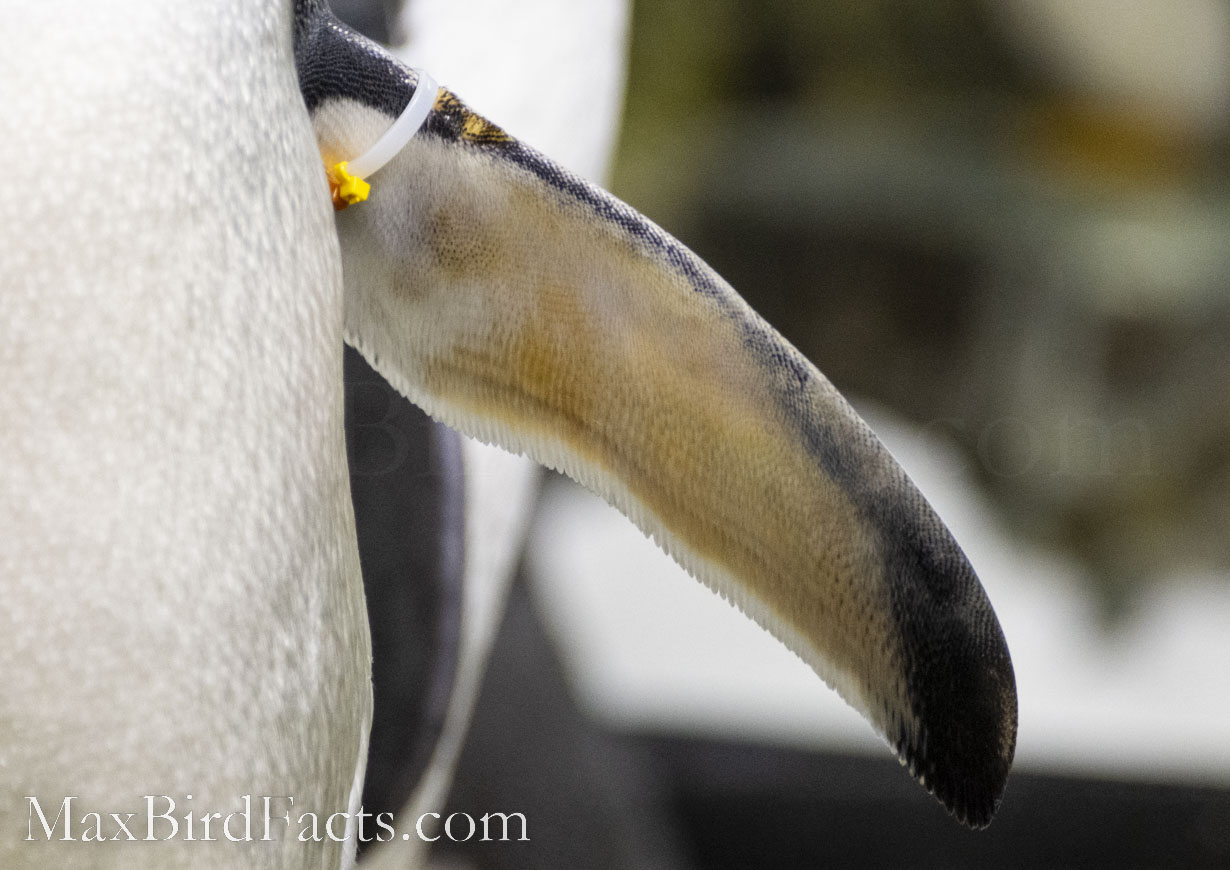
So, even though penguins don’t fly in the typical sense when thinking of a bird, they soar under the frozen waters of Antarctica with the grace and might of any raptor in the air.
Penguin Milk
Penguin milk might seem like a very odd pairing of words, but hear me out. The defining feature all mammals must possess is the production of milk via the mammary gland.
So, do penguins have this mammary gland? This is the same answer to are penguins mammals, NO.
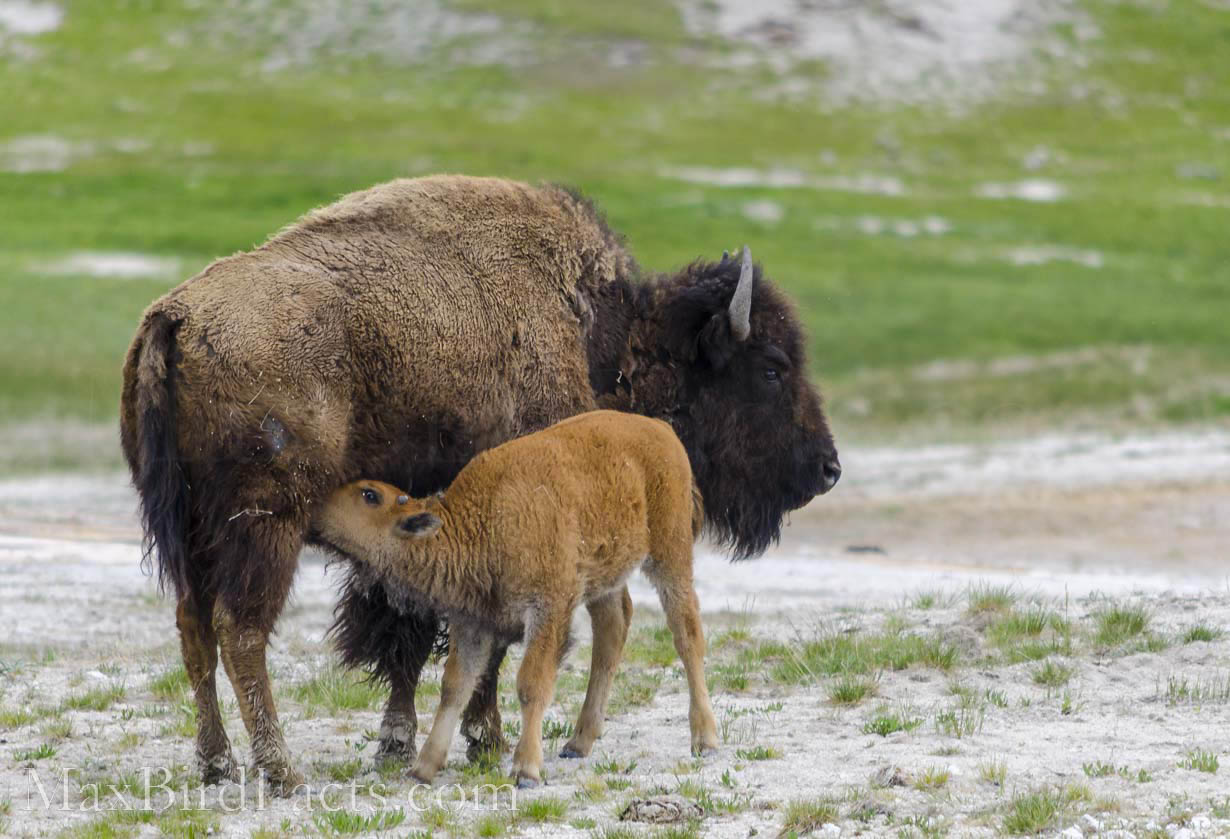
However, penguins do produce crop milk for their young. Crop milk is a secretion produced from the lining of the bird’s crop. This yellowish-white substance is packed with protein and fat, just what a growing chick needs.
Like mammalian milk, crop milk is also full of antibodies, bacteria, and other immune system builders. But, even stranger, the enzyme prolactin catalyzes crop milk production, the same compound that controls mammalian lactation.
Penguins aren’t the only birds to use crop milk. Pigeon crop milk, or simply “pigeon milk,” has been studied since the 1930s. Flamingos also feed their hatchlings crop milk before they can start filter-feeding shrimp.
For clarification, crop milk is not the same as food stored in the crop and then regurgitated into the chick’s mouth. Penguin parents only feed their hatchlings crop milk for the first few days of their lives. After this, the chicks are fed fish, squid, and whatever their parents can catch in the freezing water.
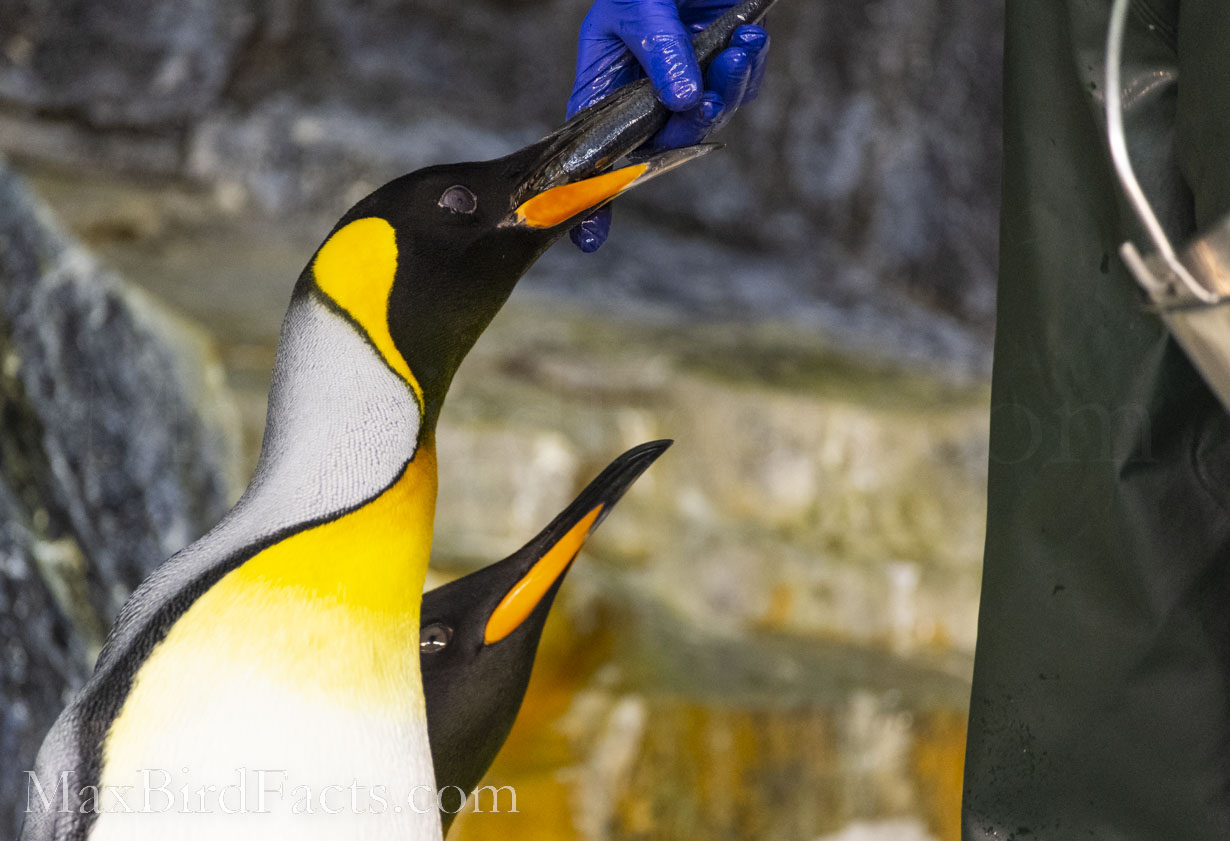
So, even though penguins lack the mammary gland to produce milk, they utilize the same enzymes and nutrients for their young through crop milk.
The essential distinction here is that crop milk is made from the lining of the crop, not from a specialized milk-producing gland. Since penguins don’t produce this “milk” from mammary glands, they cannot be considered mammals.
Are Penguins Mammals? No, Penguins Are Birds!
Now we know the answer to “are penguins mammals?” Penguins are birds, not mammals!
The extraordinary adaptations these avians have undergone can sometimes confuse this distinction, but keep the five crucial features discussed above in mind.
- Penguins have feathers, not fur.
- Penguins have beaks and papillae, not teeth.
- Penguins lay and incubate their eggs, not live birth.
- Penguins don’t fly through the air; they soar underwater.
- Penguins produce crop milk for their young, not from specialized glands.
Now that we have truly put the question “are penguins mammals” to rest, I hope you have also learned a better understanding of what separates birds from mammals.
I really hope you enjoyed reading this article as much as I did writing it. If you have ideas or suggestions for topics you would like me to write about in the future, feel free to leave a comment below or shoot me an email!
Get Outside & Happy Birding!!!
Max
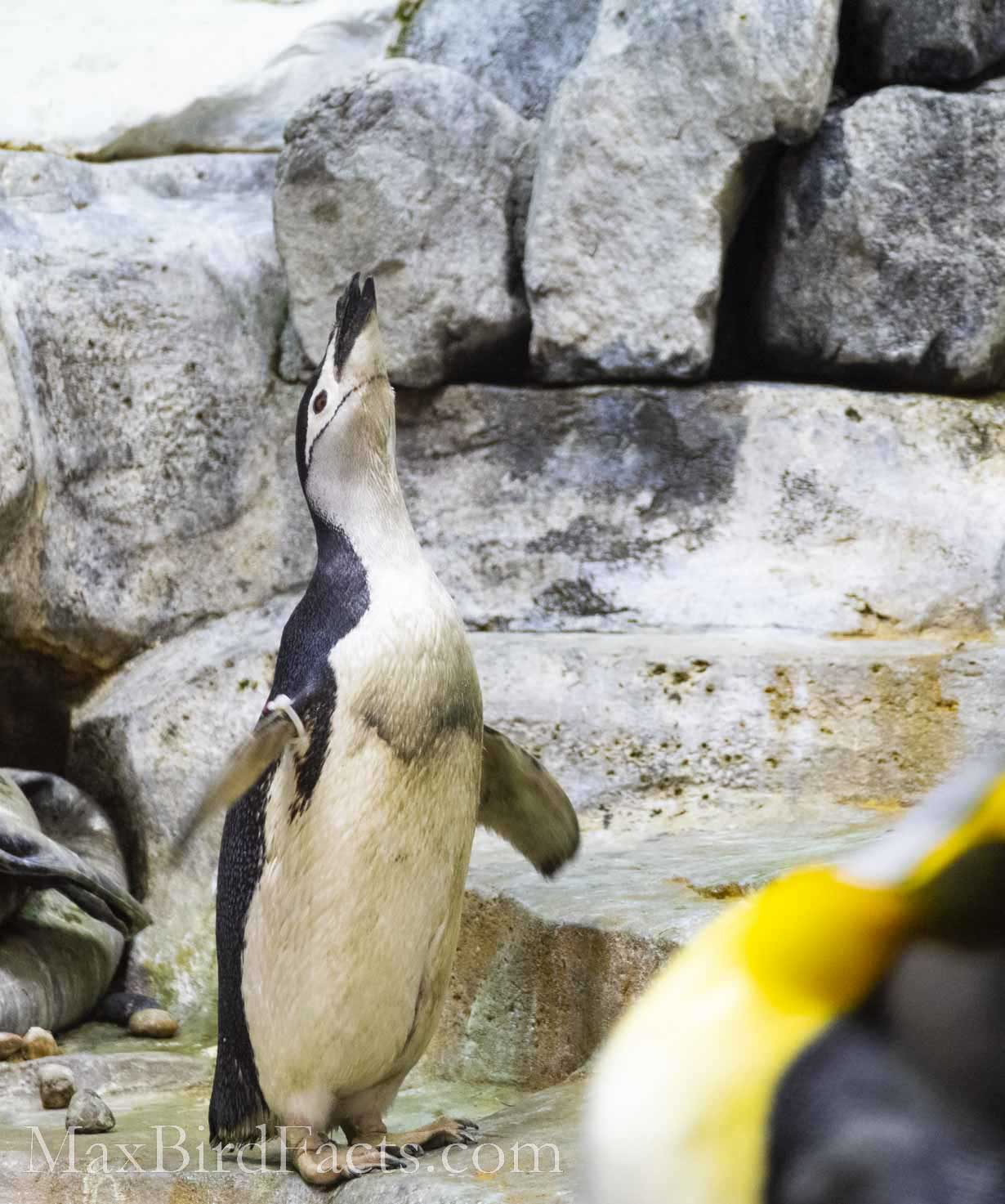
Discover more from Welcome to MaxBirdFacts.com!!!
Subscribe to get the latest posts sent to your email.
